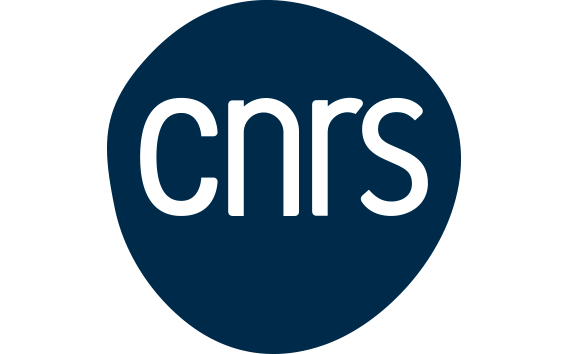Laser systems
Our Laser systems activity is devoted to the analysis, the optimization and the conception of laser technology for improved imaging, ranging and telecom applications.
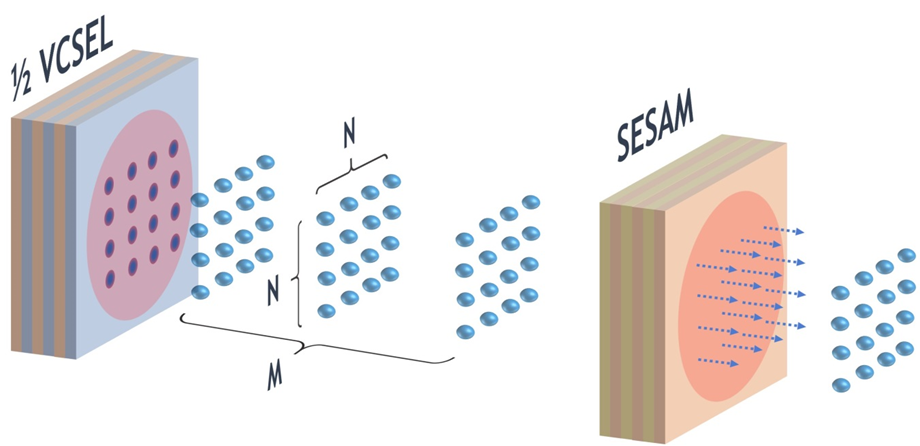
Permanent staff: Dr. Guillaume Huyet (DR CNRS), Pr. Massimo Giudici (Professor UCA), Dr. Mathias Marconi (Associate professor UCA)
Non-permanent staff: Alexis Verschelde (PhD student), Adrian Bartolo (PhD student), Alexei Borodkin (PhD student, co-tutelle with Pr. Evgeny Viktorov from ITMO University).
Ultrafast Optics
We study the physical properties of thick liquid crystal layers in order to develop and exploit femtosecond pulses shaping capabilities and as a medium for ultrafast nonlinear optics. Besides, thick nematic liquid crystals enables compact and robust hyperspectral microscopy currently applied to biomimicry.
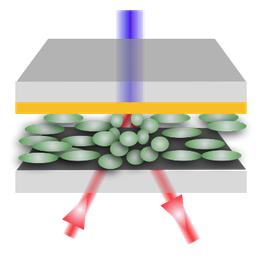
Permanent staff: Dr. Aurélie Jullien (DR CNRS), Dr. Gilles Chériaux (IR CNRS).
Non-permanent staff: Elisaveta Neradovskaia (Post-doc), Loïc Ramousse (PhD student), Benjamin Maingot (PhD student).
Integrated nonlinear optics
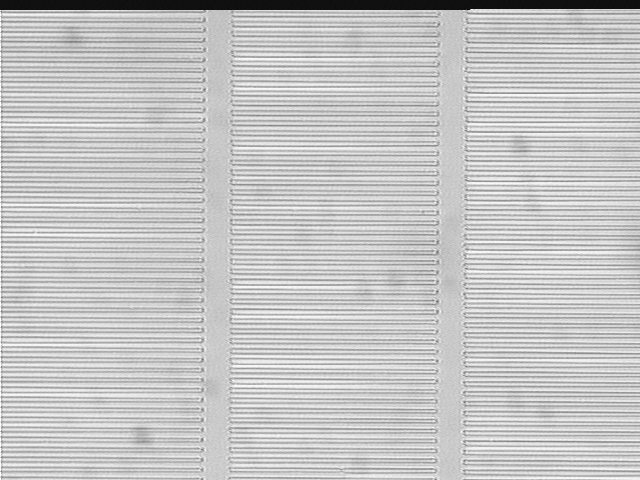
Permanent staff: Pr. Pascal Baldi (Professor UCA), Dr. Carlos Montes (CNRS)
Non-permanent staff: Evgeniy Saveliev (PhD student), Hervé Tronche (Tech)
Biophotonics
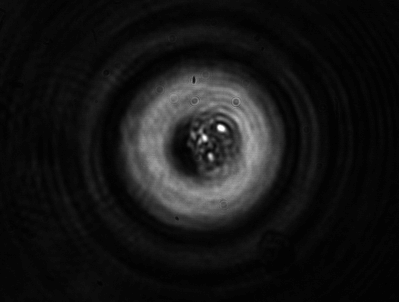
Permanent staff: Pr. Gian-Luca Lippi (Professor UCA), Dr. Stéphane Barland (DR CNRS).
Non-permanent staff: Juliàn Mejia (PhD student).
Collective phenomena and phase transitions
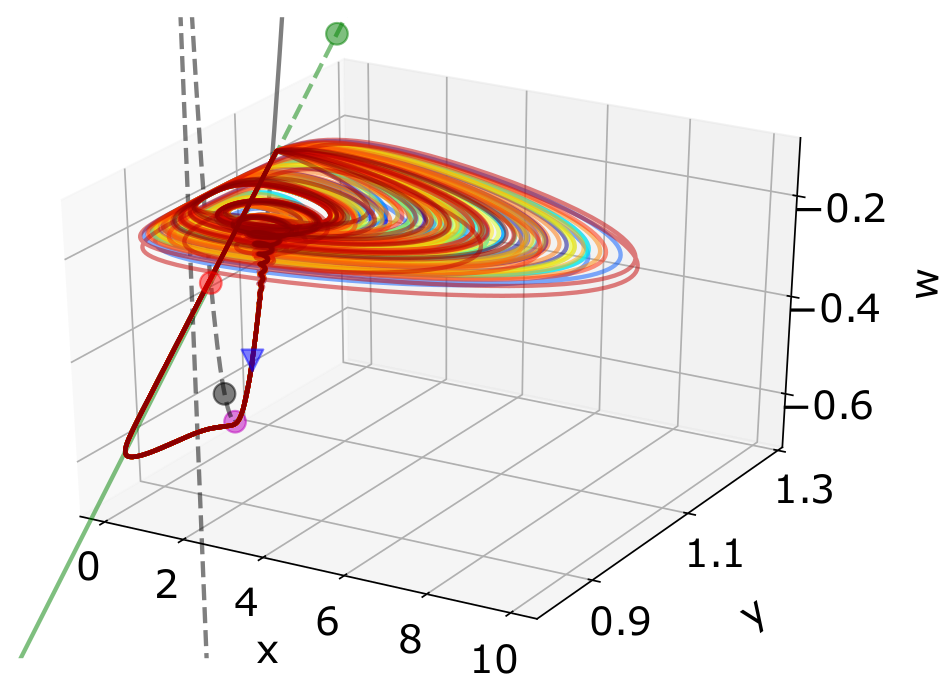
Permanent staff: Dr. Stéphane Barland (DR CNRS), Pr. Gian-Luca Lippi (Professor UCA)
Physics and applications of micro and nanolasers
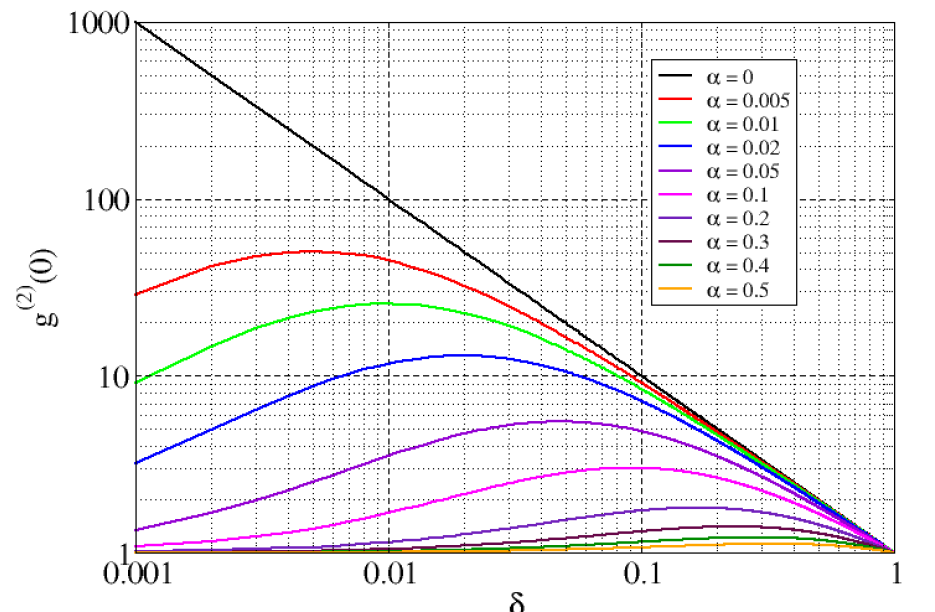
In addition to fundamental concepts, we are interested in understanding the properties of the nanodevices in light of potential applications, based on technological advances, as well as fundamental dynamical properties.
Permanent staff: Pr. Gian-Luca Lippi (Professor UCA).
Hybrid III-V-on-Si nanophotonics

Permanent staff: Pr. Fabrice Raineri.
Non-permanent staff: Léa Constans, Francesco Manegatti, Gabriel Marty.
Liquid Crystals for Optics

Permanent staff: Michel Mitov (CNRS research director)


